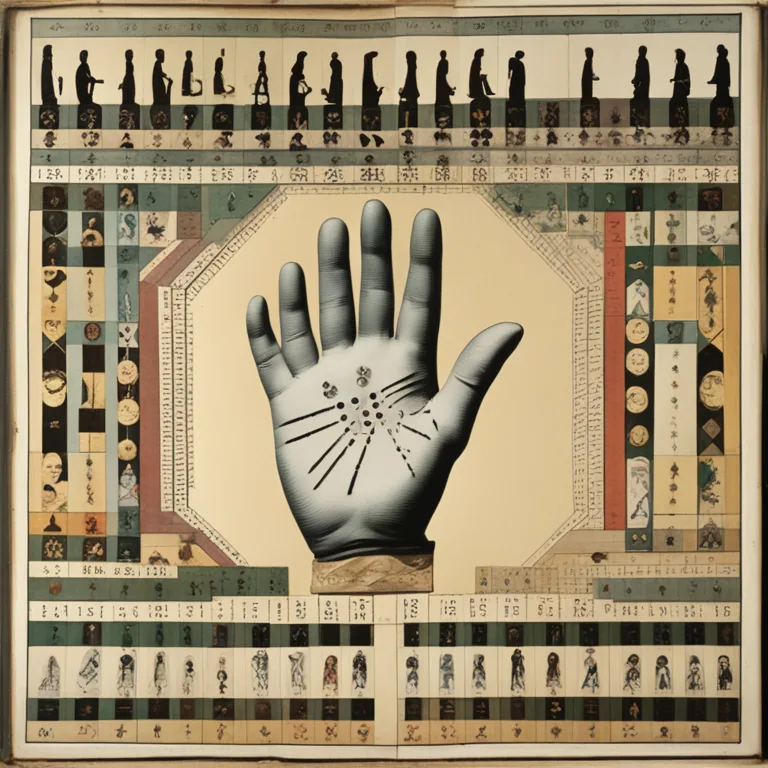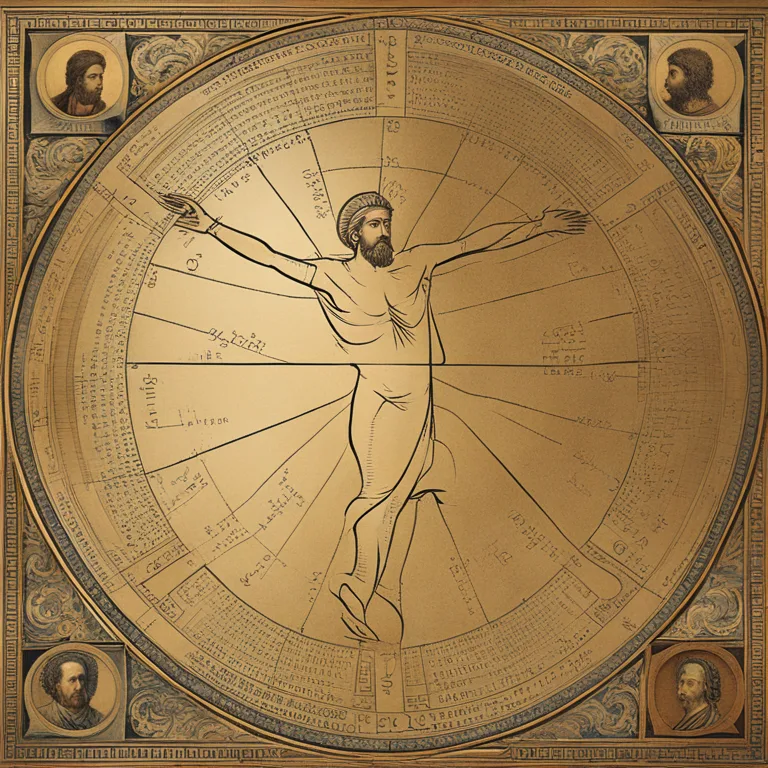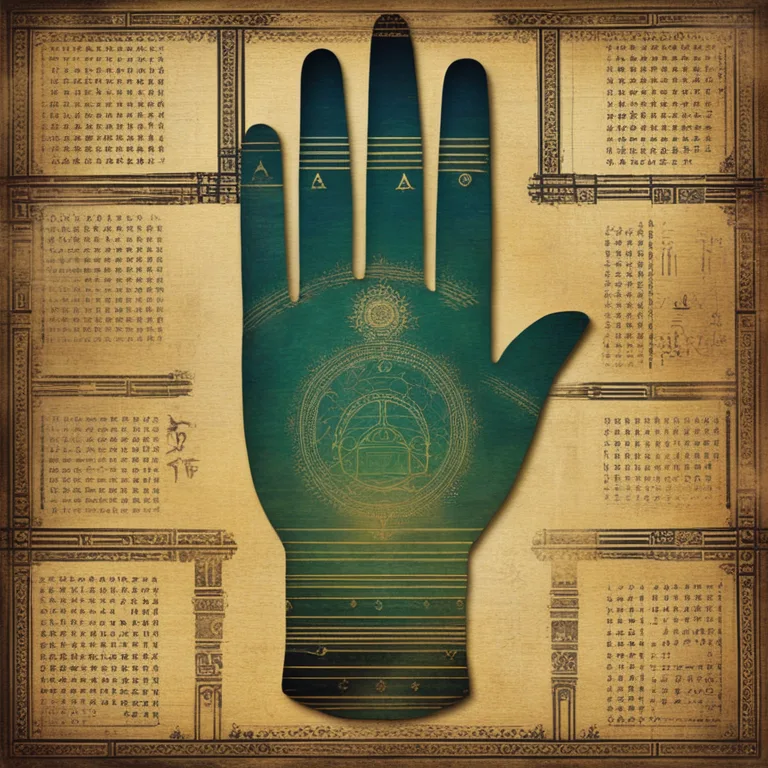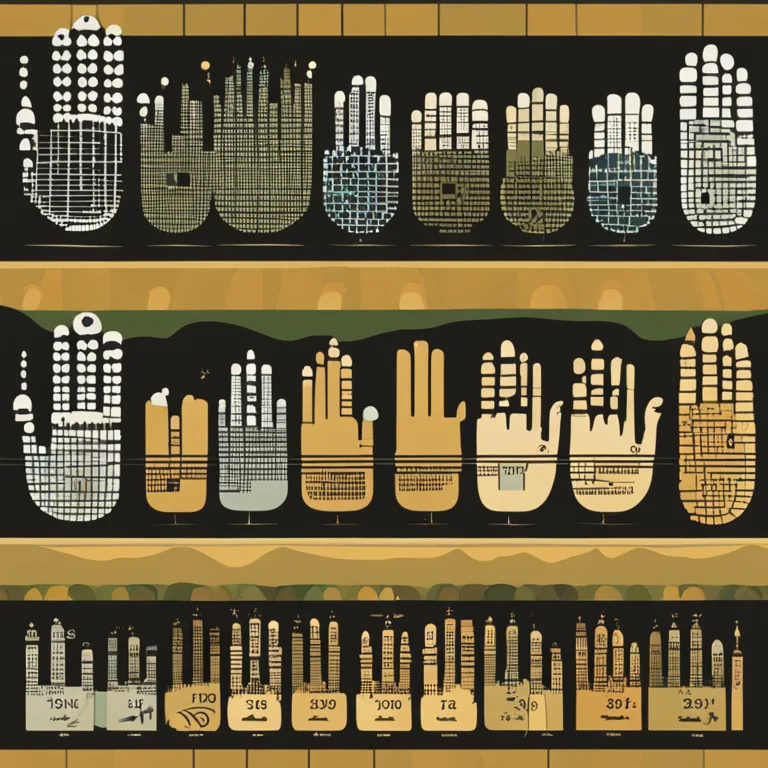
The Roots of Palmistry: Tracing Its Historic Journey
Delve into the ancient practice of palmistry, uncovering its origins and historical development over centuries, in a comprehensive journey through time.
article by Nora Pennington
Palmistry: An Ancient Practice
Palmistry, also known as chiromancy or palm reading, is an ancient art believed to have originated thousands of years ago. Historians suggest that palmistry's roots are spread across various cultures, from Indian and Chinese to Egyptian civilizations. The earliest recordings of palm reading are found in Vedic texts from India, dating as far back as 3,000 BCE. These texts were among the first to outline the practice of examining hands to unveil personality traits and predict future events, linking the significance of hand lines with one’s destiny.

Greek Influences and Aristotle's Insights
The practice of palmistry was not confined solely to the East. In the Western world, the works of ancient Greek philosophers, including Aristotle, also alluded to palmistry. As the story goes, Aristotle discovered a text on palmistry that he then presented to his famous student, Alexander the Great. The latter's interest in the subject solidified its importance in Greek culture. Aristotle himself mused that "lines are not written into the human hand without reason," highlighting the belief in a cosmic connection between one's life and hand patterns.

Expansion Through the Ages
From its early days, palmistry spread across the globe through explorers, scholars, and conquerors, influencing various societies and evolving with each culture it touched. In the Middle Ages, it faced the church’s condemnation but persisted as an underground practice. It later resurfaced during the Renaissance, enjoying a period of revival thanks to the rise of interest in occult and mystical arts. Advances in printing technology during the 15th century made palmistry texts more accessible, contributing to its spread in European countries.

Modern Palmistry's Emergence
The 19th century brought about a pivot in palmistry's history, transforming it into a more systematized form. Figures like Captain Casimir Stanislas D'Arpentigny and Adrien Adolphe Desbarrolles in France laid the foundations for modern palmistry through their scholarly works, categorizing hand shapes and lines. This period fostered a cross-disciplinary approach, intertwining palmistry with psychology and scientific scrutiny, which paved the way for its perceived validity in the eyes of the contemporary public.

Palmistry Today and Digital Expansion
In the digital age, palmistry has embraced technological advancements. Online platforms and mobile applications offer virtual palm readings, making the practice more accessible than ever. Current societal trends towards spirituality and self-understanding have also fostered a renewed interest in palmistry, astrology, and other esoteric sciences. This enduring appeal demonstrates the human quest for insight and the timeless allure of palmistry's secrets.
Scientific Scrutiny and the Skeptic's View
Throughout its history, palmistry has faced its share of skepticism. Many modern scientists and skeptics categorize palmistry as a pseudoscience, criticizing the lack of empirical evidence and reproducible results. However, despite such criticism, many people across different cultures continue to find value and personal insight in the readings, whether they see it as a form of entertainment or a tool for introspection.
Published: 1/3/2024
Modified: 1/3/2024
More predictions
Come back here soon to learn more about yourself and your future


The Precision of Palmistry: Myth or Reality?
Investigating the accuracy of palmistry, this article scrutinizes its historical context and modern application to understand its potential as a tool for personal insight.


Palmistry Insights for Women: A Guide to Hand Analysis
Delve into the world of female palmistry with this guide, where we reveal how to read and interpret the lines and shapes of women's hands for insightful revelations.


The Art of Palmistry: Lifelines to Fate
Delve into the ancient practice of palmistry and discover how the lines on your palm can reveal insights about your personality, destiny, and love compatibility.